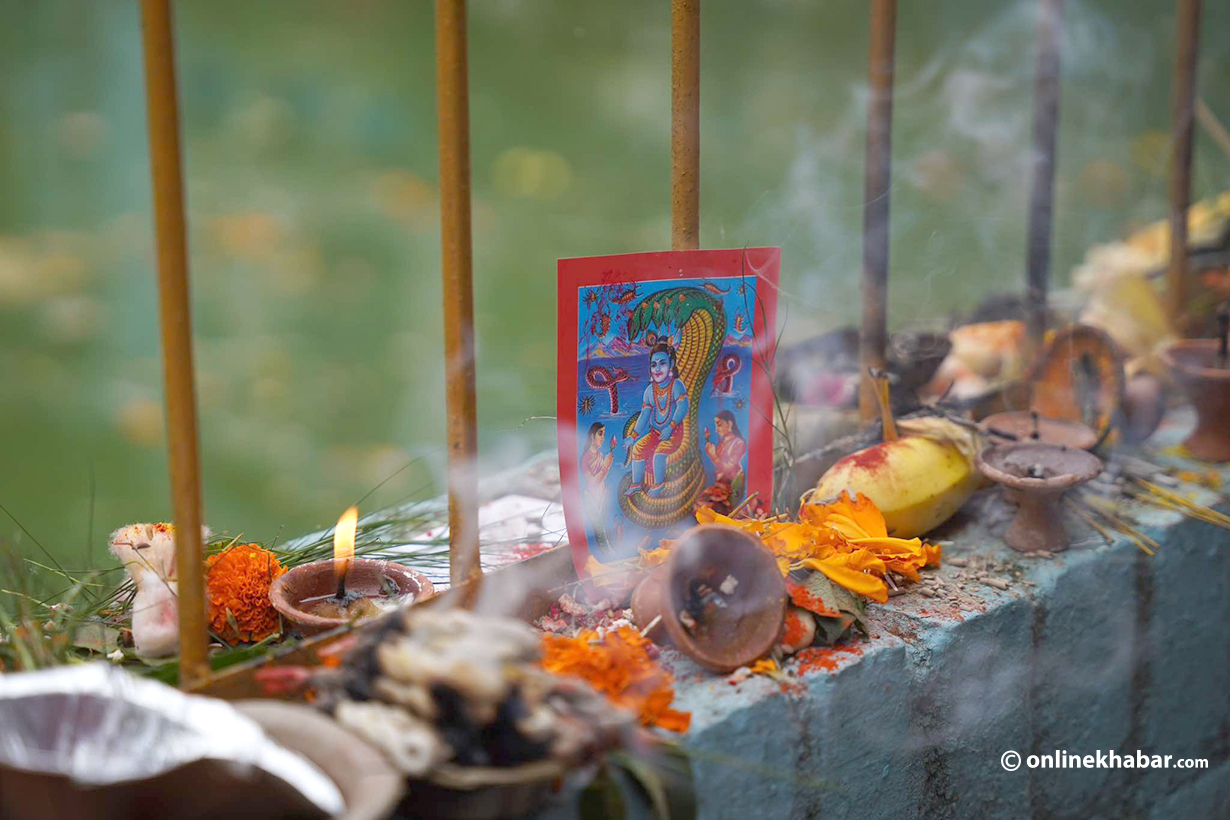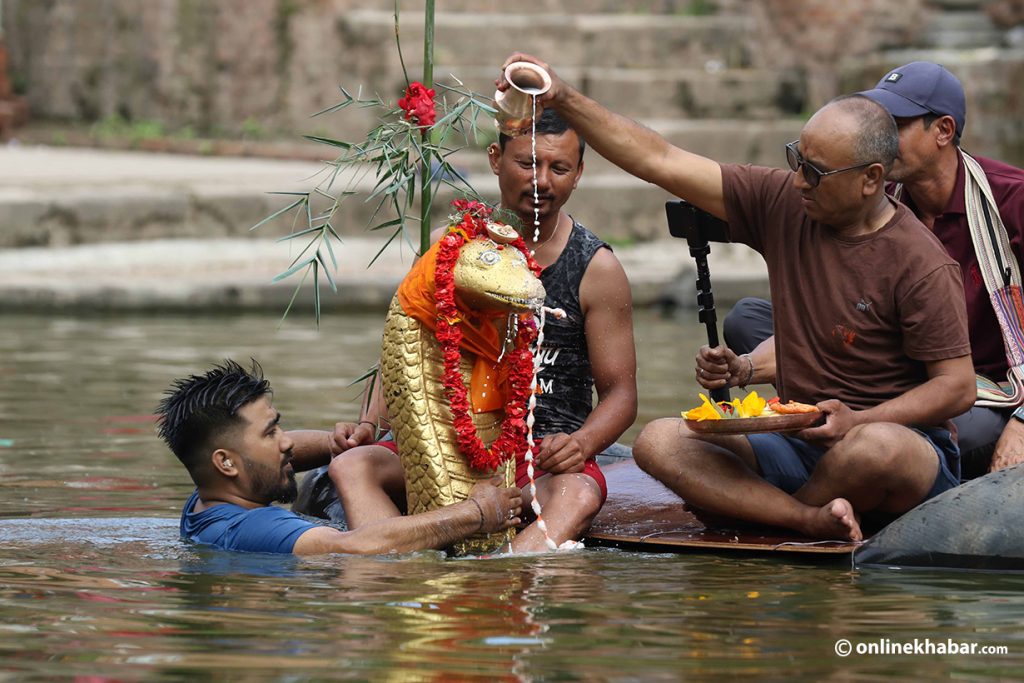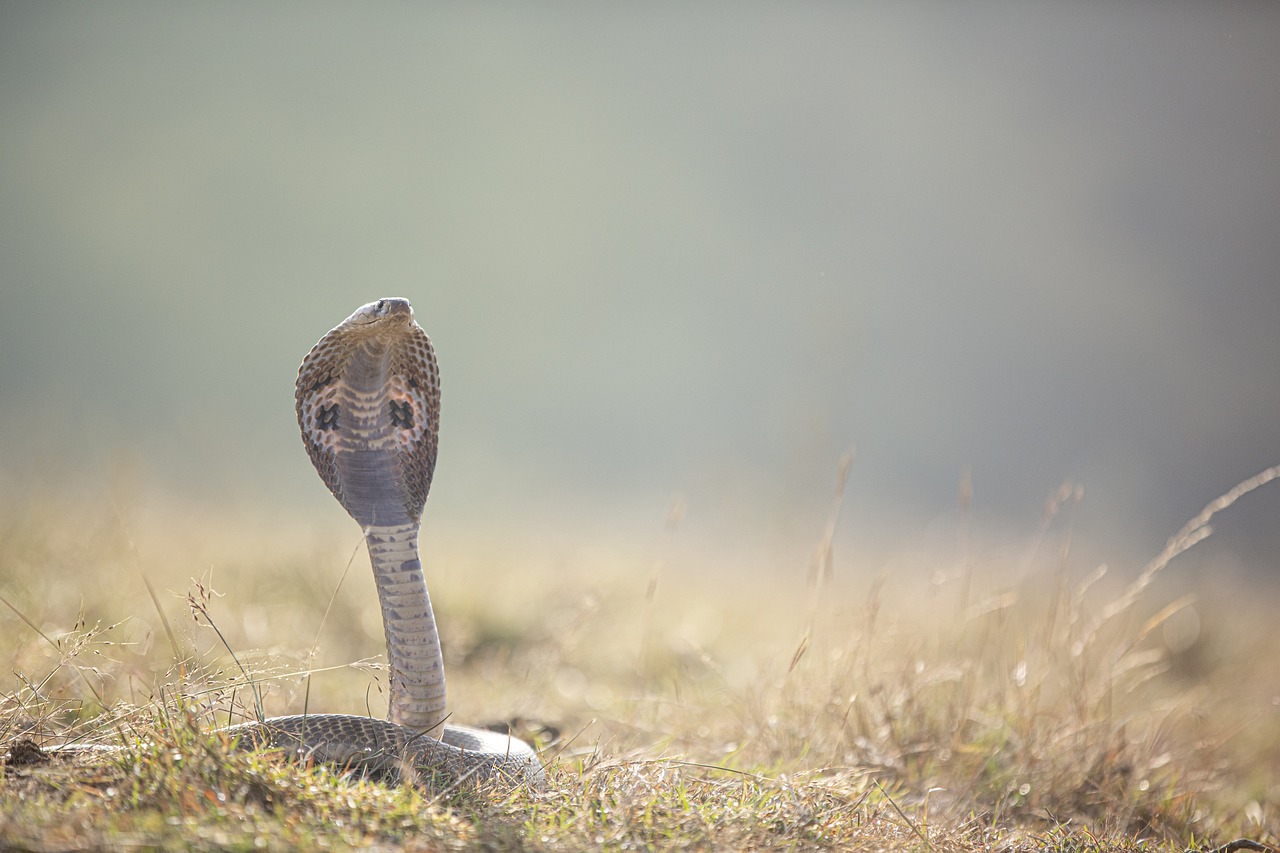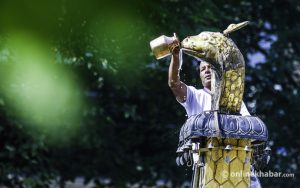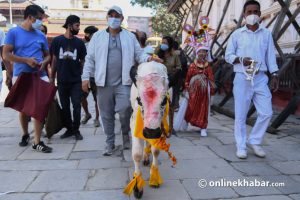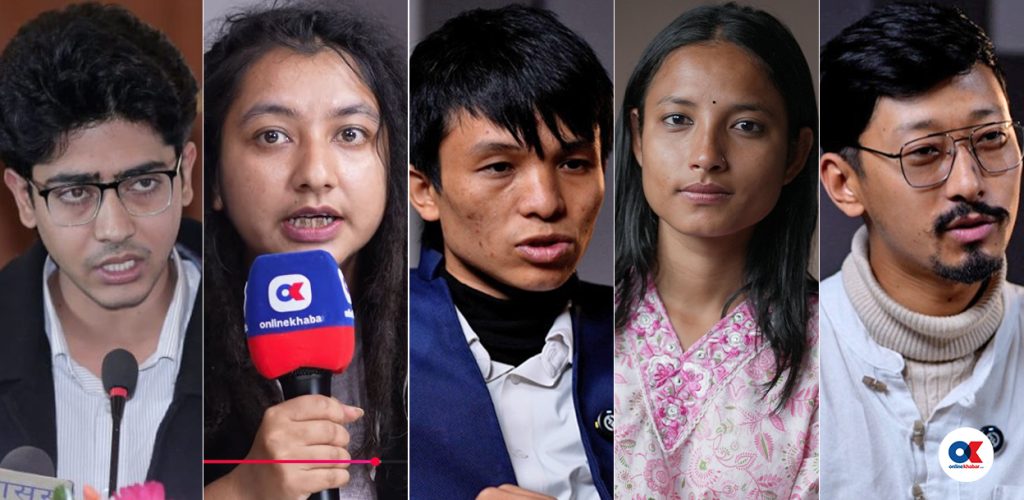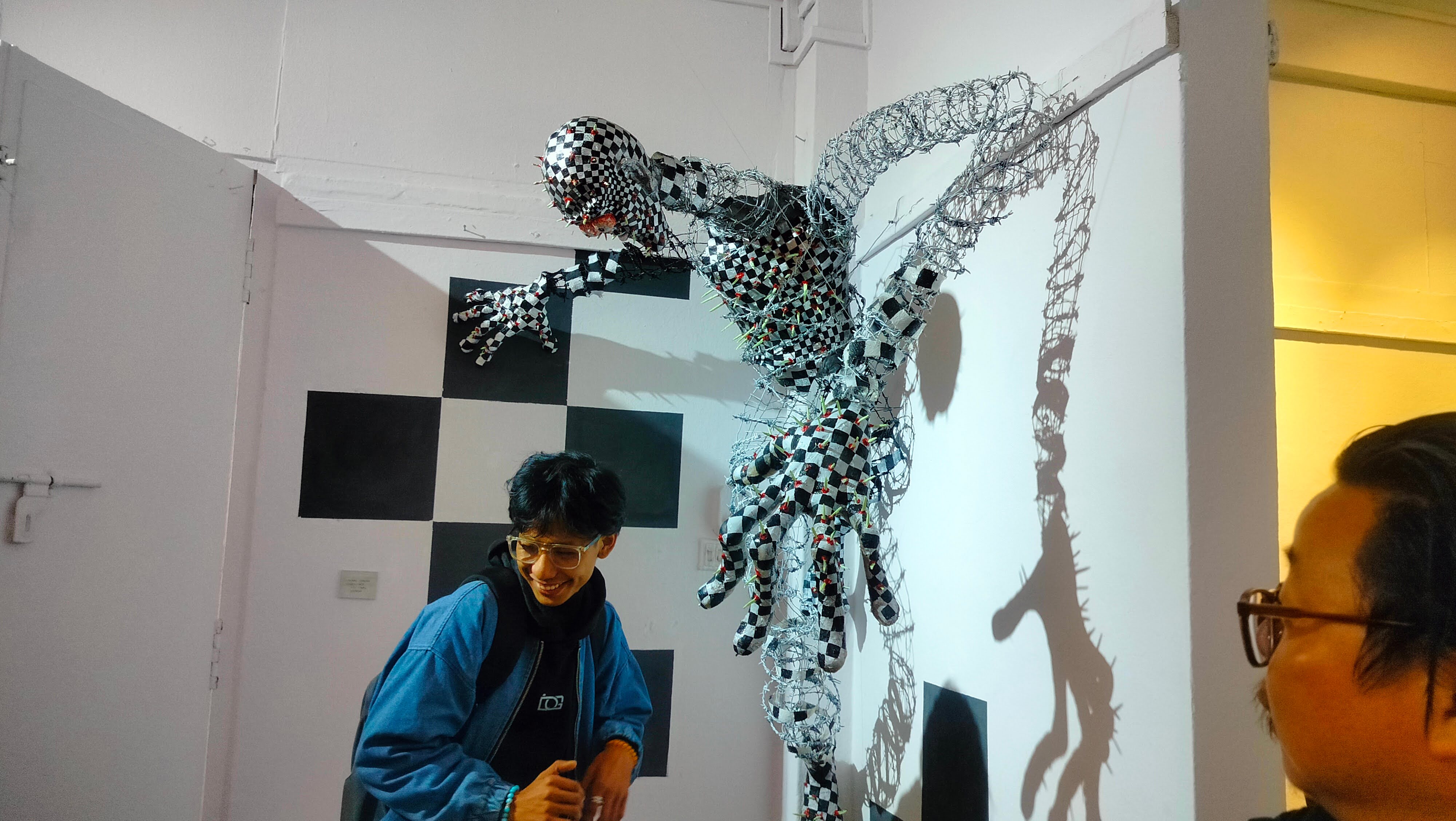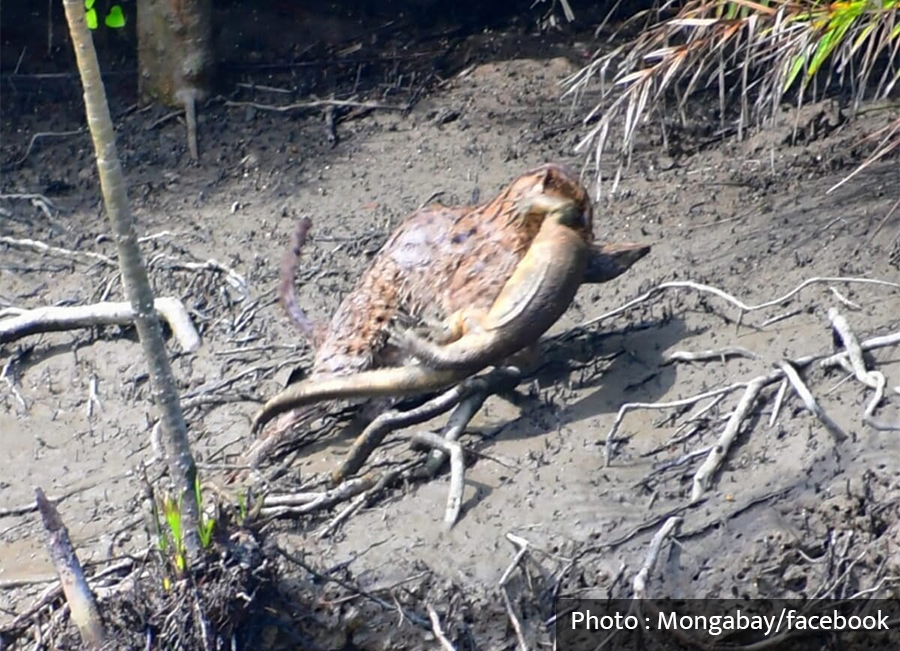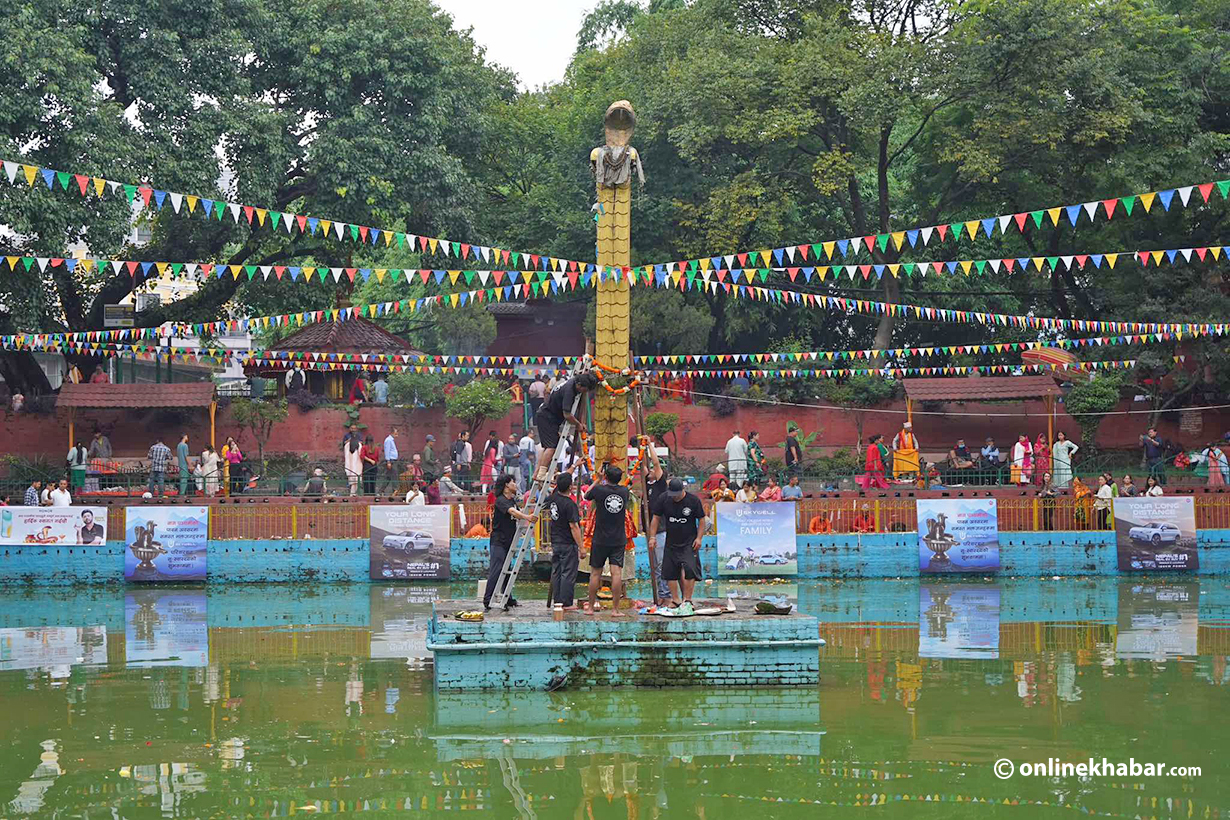
Kathmandu, July 29
The Naag Panchami festival is being celebrated today with traditional worship and offerings to serpents. Observed annually on the fifth day of the bright fortnight of the month of Shrawan, this festival involves pasting images of serpents on the main entrance of homes and visiting serpent ponds (Naagdah) for worship.
There is a religious belief that worshipping serpents in this manner protects one’s home from harm caused by snakes, serpents, scorpions, and other such creatures, as well as from fire, storms, and lightning.
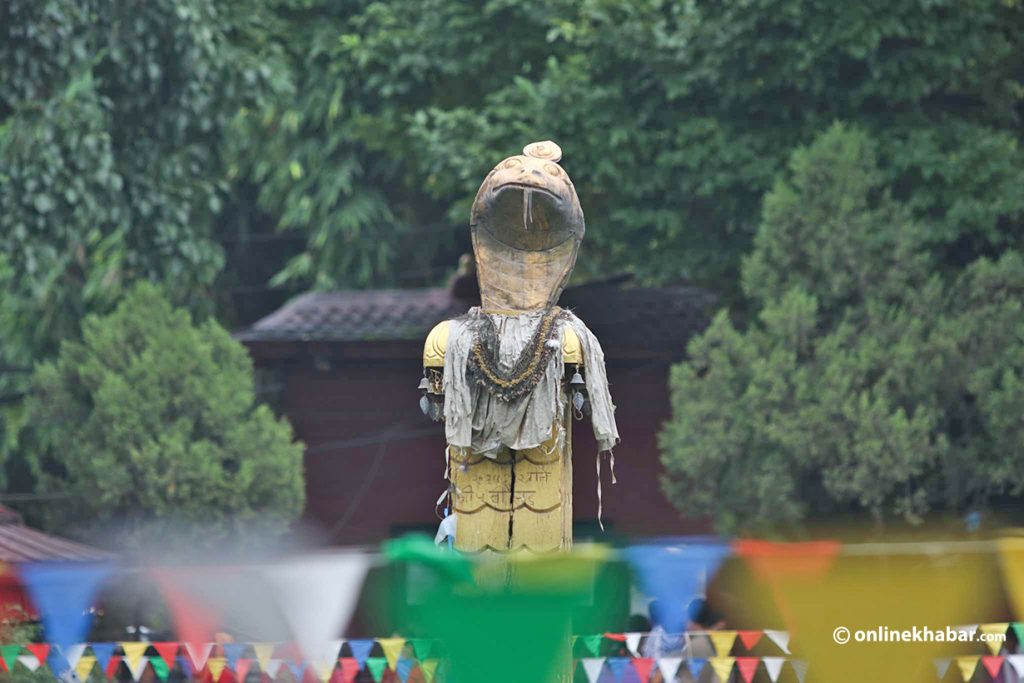
In accordance with this belief, large crowds have gathered at places like Nagpokhari and Taudaha in Kathmandu to offer milk and perform rituals.
Although there are twelve names of Nagas, it is an ancient Vedic Sanatan tradition to worship eight clan deities (Kul Nags) on this day. The eight serpents includes Ananta, Vasuki, Padma, Mahapadma, Takshaka, Kaliya, Karkotaka, and Shankha, are worshipped by Brahmin priests and their images are pasted above the doors of homes.
There is also a belief that after posting serpent images today, one should not plough fields or kill crawling creatures like snakes and serpents.
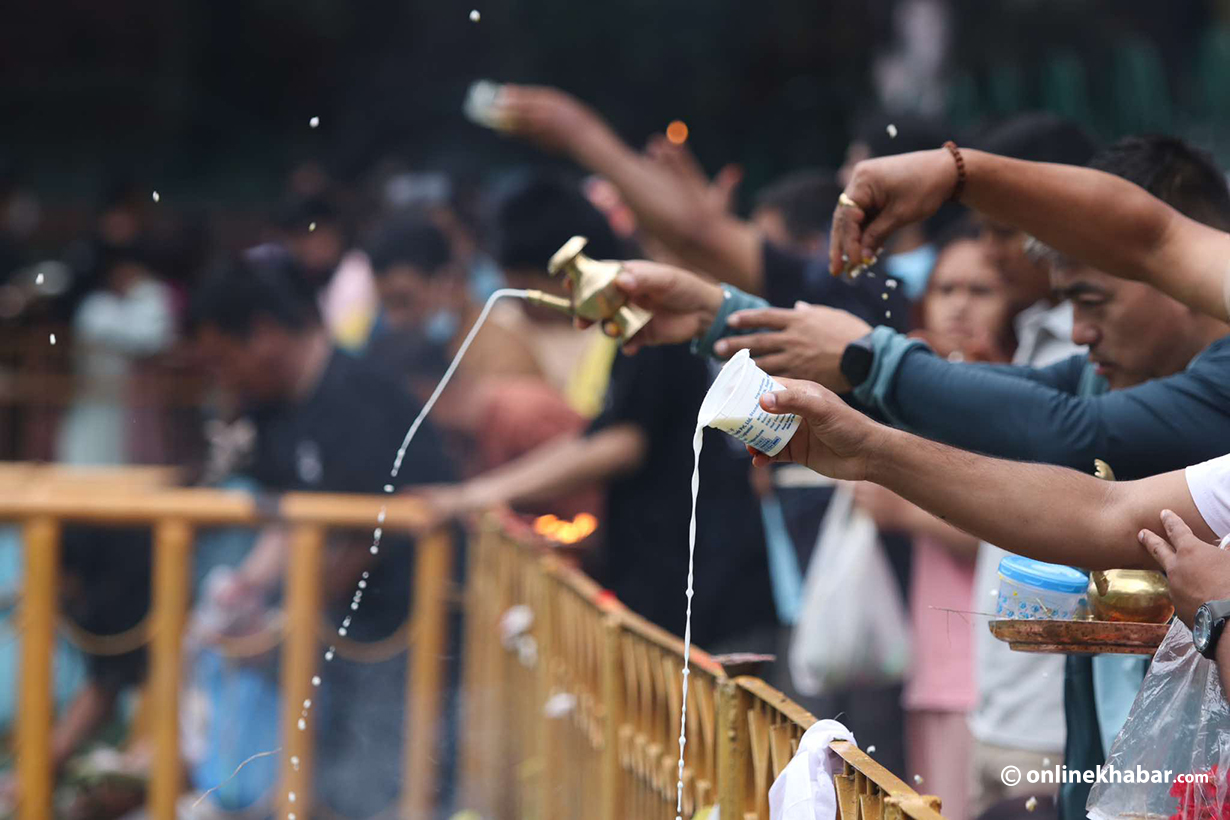
Today, in places like Nagpokhari and Taudaha in Kathmandu, Siddhapokhari in Bhaktapur, and other Nagdahs, ponds, and serpent shrines across the country, people offer special prayers and pay respects to serpents with offerings such as cow’s milk, sacred rice (akshata), dubo grass, rice pudding (kheer), and traditional breads (roti) as prasad.
Scientifically, it has been found that poisonous substances in nature are absorbed by serpents and similar creatures, reducing their harmful effects on humans and other beings. Based on this understanding, sages and seers are believed to have established the tradition of serpent worship.
Naag Panchami marks the beginning of the festival season for Vedic Sanatan Hindu followers.

